Do you want the kiddos in your class to complete 25 to 30 activities a week, independently, clean up their own mess and you are able to see and assess all of the work. Well if you do, look at Workshop. Workshop is something I have done daily for 36 years of teaching. Here are some tips to get workshop running in your classroom.
Workshop
What is Workshop? It is the learning and working time in my classroom. Some teachers call it learning stations, centers, learning centers. Workshop is different, it’s very specific and systematic.
- It is visual
- Sequential
- Covers all skills
- Differentiates student ability
- Provides a daily assessment
- Teacher contact
- Children work independently
- Positive Response
Workshop is six activities which the students work alone or interact with others. It introduces a variety of activities, reinforce, and/or extend hands on learning independently, it is visual, and it provides teacher contact with all activities. The teacher contact is so important. When the children come up with their projects I am able to make corrections with letter and number formation, check on accuracy and neatness and make sure they are completing their jobs correctly.
The jobs are not just completed at their table or desk, I use all working areas in classroom.
What is needed to begin Workshop in your classroom?
1. A “visual” for each Job/Activity. The visual part of Workshop is an important part of Workshop set up. The kiddos always have a visual reminder of what to do. Sometimes early in the year, a kiddo will say, “What do I do next?” I often tell them to go check the Workshop board and see if you know what to do next. I also like the visual cue, because if during workshop I see a need to move a job I can and I don’t have to go over the directions again. The kids look at the workshop board and they don’t skip a beat.
This is a also specific area where there are trays, tubs to contain each activity. It is also numbered to match the job. These are in the freebie library!
2. Trays (affiliate) – I get my trays from Lakeshore Learning because an 8 ½ x 11 paper fits in them perfectly.
3.Visual cards to display each job. This is dependent on the job we are doing that week. – Sign up for the Teacher Bin and receive your FREE math manipulative cards in the freebie library
4.Large storage bags to contain task card/job at each station.
5.A ticket to mark off each job completed. These are in the freebie library!
Work shop Details
All jobs are explained, and demonstrated before Workshop begins. All kiddos start on Job One. When the jobs is completed and checked by the teacher students are allowed to move onto the next job. They have a ticket that is marked for each job completed. What I love about workshop is the kiddos continue to move on to the next job. There is never any idle time or disruption while waiting to move to the next activity. I feel the kiddos are very focused to get through the jobs.
Job 1– A Game or Detailed Project
Partner game or a group table game. If it’s a partner game, it’s played three to four days in a row with different partners at their table. I usually play a partner game with the side by side neighbor, across the table neighbor, and kitty corner neighbor.
Detailed Project. An example of this may be a detailed writer’s workshop project such as writing an illustrating a story , but it can be anything else that you need done that requires a little extra time.
Job 1 is the only job that will occasionally have a time constraint. Meaning, I want kids to work at least 10 minutes at this activity before moving on. They make work longer if they wish, but 10 minutes is minimal. I put a 10 minute timer on to let the kiddos know how long they must work on the writing activity without getting up to do something else.
Job 2 – An activity that separates the kiddos in Workshop so that they don’t “crowd” up the remaining Workshop jobs.
This Job can be a cut and paste, handwriting, alphabet cards, anything that separates the kids from crowding other jobs.
Job 3- Reading or Math Activity
Job 3 is always math or a reading game. I use many areas in my classroom for workshop. I use manipulatives for many jobs so not many activities are at the student table. Some areas are on the floor and counters.
Job 4– Reading or Math Activity
Job 4 is the same, but it will be opposite of Job 3. The first four jobs are always the most important of the day to finish. They are the skills I need the kiddos to accomplish.
Job 5– Unit or Theme activity
It can be an Art Project,or anything that pertains to the unit I am teaching.
Job 6– Never Ending activity – Manipulatives
This job never ends. No one can come up and say they are done. It can be creating patterns with pattern blocks, reading books from book boxes, etc.
I repeat activities in Workshop if I feel the kiddos need more practice. They do not have to be 6 new jobs each day. When we have played many different “Partner” games(Job 1) I will put them in plastic containers and set them on a shelf in the classroom and the kids can replay them for Job 6.
Finally, when the kiddos complete a job they are expected to clean up their own work area before they move on to the next job.
Ticket
Each student is responsible for a ticket. I have a basket on each table and the tickets for that table go in there. The student brings the completed job to the teacher along with the ticket. The teacher checks the completed work and marks the ticket. The Job is then either brought home or kept as school. The ticket is 30 activities/jobs. I hope the kids finish 4 or 5 Jobs a day. When the kids do finish a ticket of 30 jobs there is an incentive. They can go to the prize box and pick out a prize. (I ask parents to send books or McDonald toys, or trinkets they no longer want at home, and they are my prizes, or I give 10 minutes of time on the i-pad.) You really don’t have to give anything, but the incentives do motivate.
Get Started With Workshop For Free
Give Workshop a try in your classroom, you will be happy with the results. Look for my Workshop Set-Up in the Freebie Library!
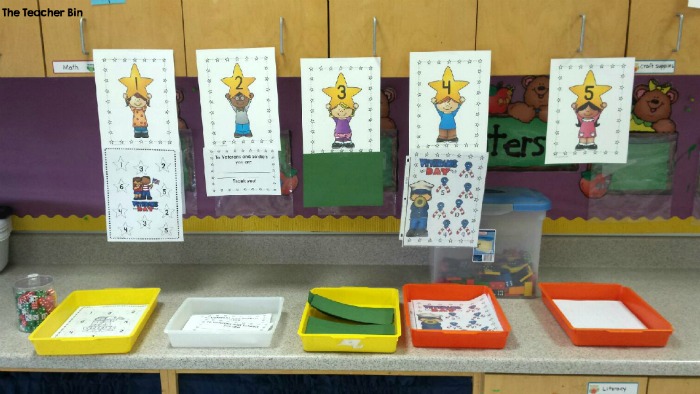
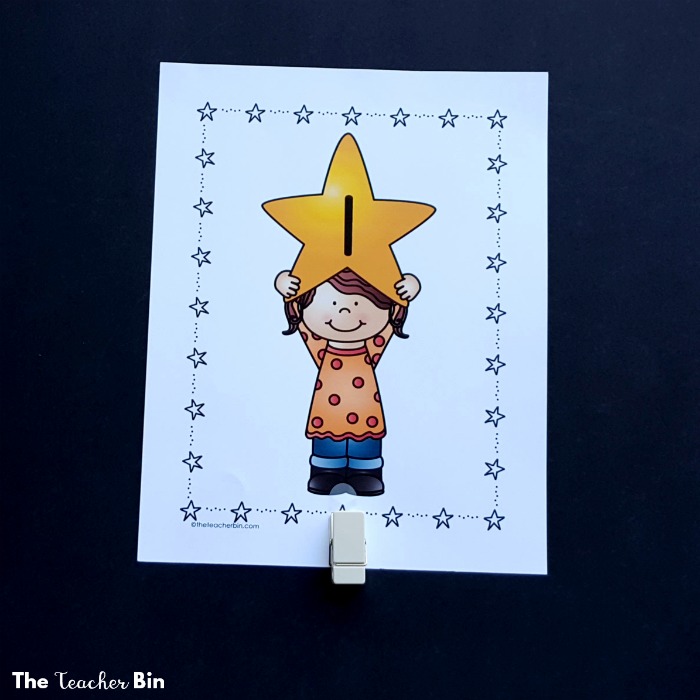
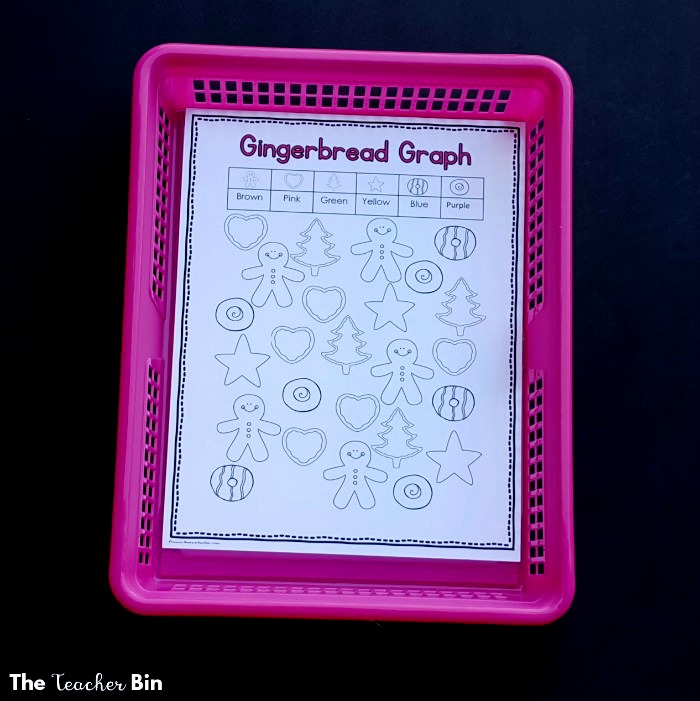
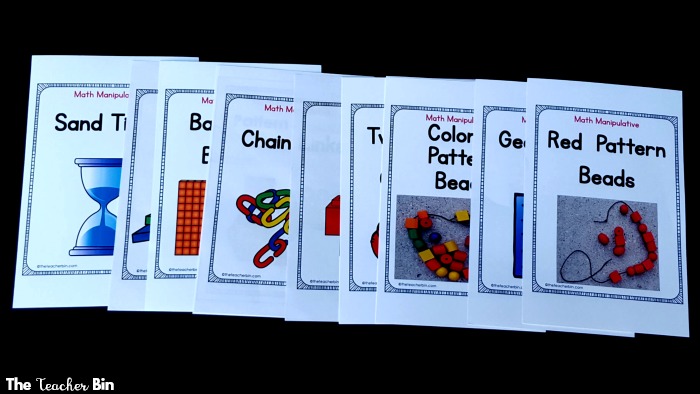
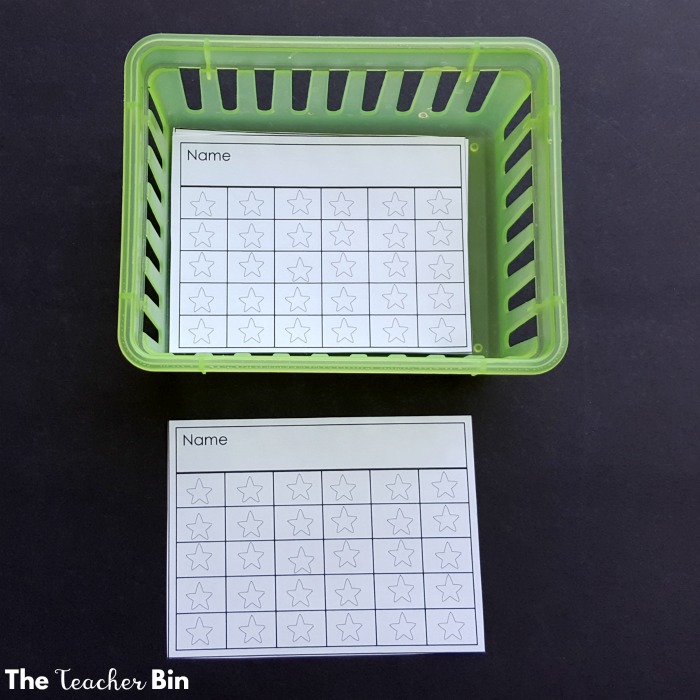
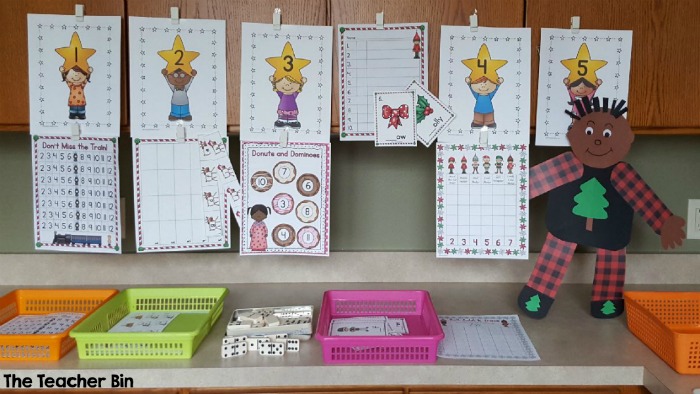
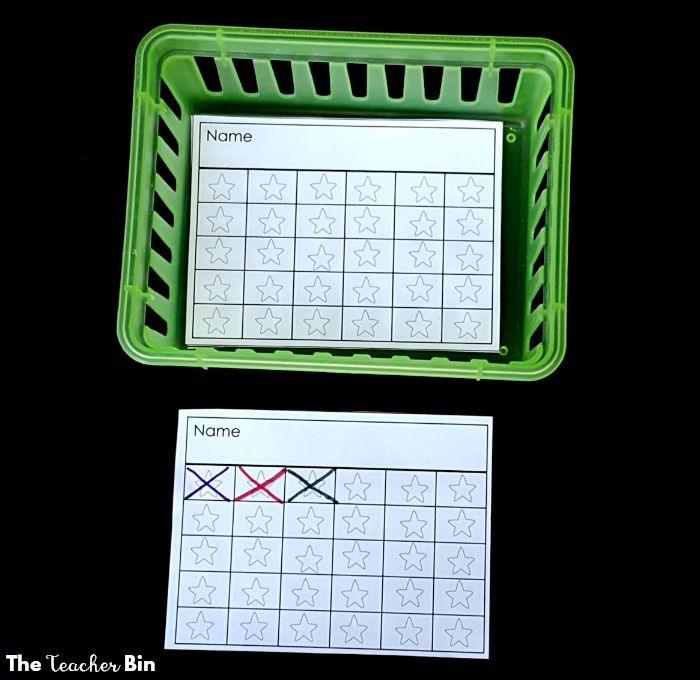
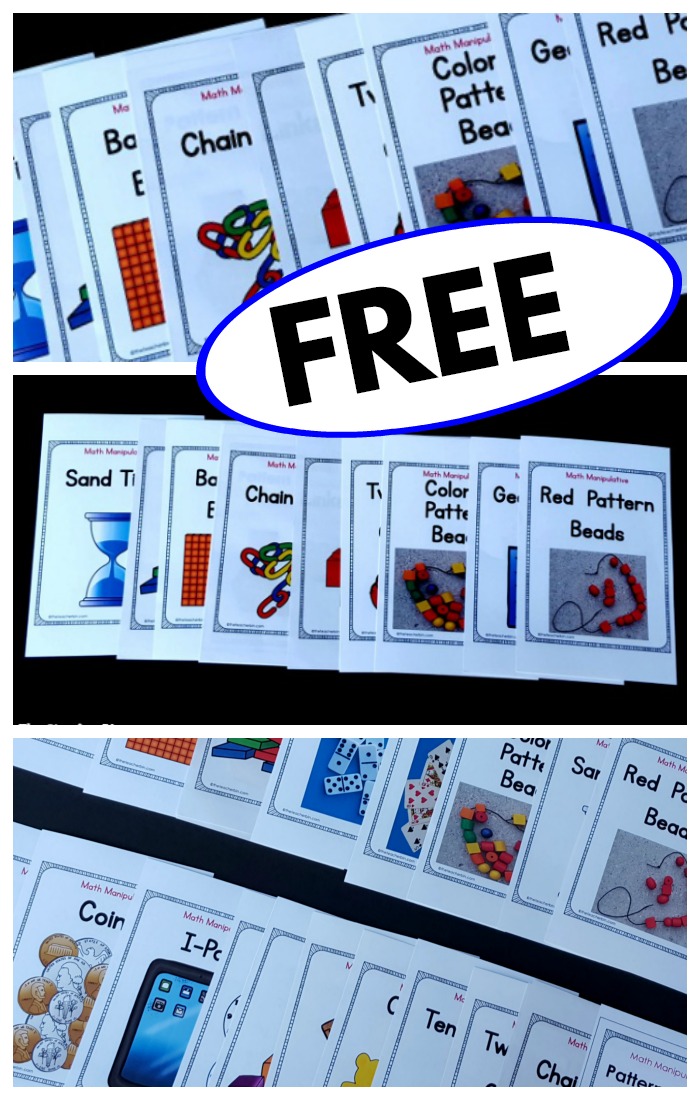
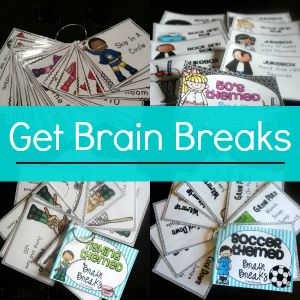
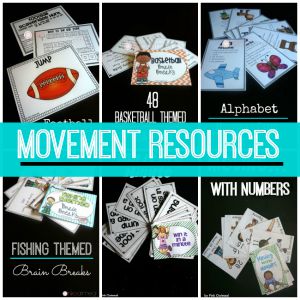
Leave a Reply